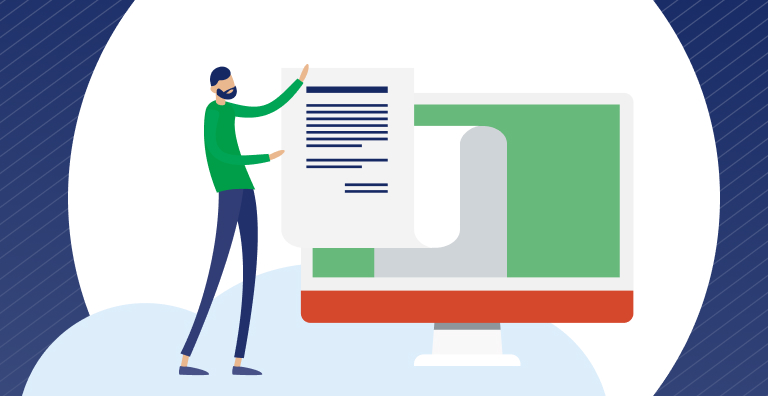Extended support for Microsoft SharePoint 2013 will end on 11 April 2023. This applies not only to the basic version Microsoft SharePoint Foundation 2013 but also to the paid version Microsoft SharePoint Server 2013.
What does this mean for customers?
This will mean the effective end of the SharePoint 2013 lifecycle, especially:
- No further (even paid) support from Microsoft.
- No further updates or security patches.
- A domino effect on the side of third-party products and solutions for SharePoint 2013, which will also largely terminate their support for this platform.
Current situation
Many customers use Microsoft SharePoint as their primary document management system. Moreover, SharePoint is mainly an application platform, so it is widely used as a corporate intranet, integration platform for other systems, or as a platform for hosting a number of corporate web applications. Especially the SharePoint 2013 version is still popular because SharePoint Foundation 2013 was the last SharePoint version that was available free of charge. All subsequent versions required licensing of both servers and users. That’s why many customers still wait with upgrading until the last moment.
What to do next?
We recommend that customers upgrade to a newer SharePoint version as soon as possible. There are two possible main directions:
- Stay with the on-premise technology and migrate to newer SharePoint Server. The latest version is the SharePoint Server Subscription Edition, which was released earlier this year.
- Migrate to cloud and to SharePoint Online. This is typically a more challenging project, both technically and user-wise, but it is more perspective in the long term. It offers the organization an opportunity to completely abandon their own installed infrastructure and server management and always have an up-to-date platform with the latest features without any migration in the future.
What about the workflow?
SharePoint 2013 workflow engine for the creation and running of workflows represents a separate topic. This engine was introduced on SharePoint 2013 platform, however, it was not further developed after Microsoft’s strategic decision to externalize the workflows outside SharePoint and therefore was not replaced by any new engine in SharePoint. As a result, all newer SharePoint versions, including the latest ones, still use this workflow engine for process management. Although no official date of support termination has been announced so far, it is expected to happen within the next two years.
It is therefore in the customers’ interest to continuously try to transfer their workflows to other solutions. In the cloud, it is possible to migrate the workflows to Microsoft Power Automate, which allows you to tackle any automation in Microsoft 365 very efficiently and inexpensively. As far as on-premise technology is concerned, it is either possible to use custom automation implementations or a third-party product.
This notice also applies to the customers using Nintex Workflow. Nintex Workflow provides a robust environment for easier creation and management of work processes in SharePoint, however, the classic versions of this product in principle run on SharePoint 2010 or SharePoint 2013 workflow engine. In this case, we recommend a gradual upgrade to modern product versions:
- In case of the cloud version, we recommend migrating from Nintex Workflow for Office 365, which runs on the SharePoint 2013 workflow engine, to the modern cloud platform Nintex Workflow Cloud.
- In case of on-premise versions of Nintex Workflow, we recommend migrating to Nintex Automation On-Premises (formerly known as K2 Five) for complex scenarios. Also, due to the complexity of this product, we recommend performing an analysis first to select the most efficient process solution for simpler scenarios.
Links:
SharePoint Foundation 2013 lifecycle – https://learn.microsoft.com/en-us/lifecycle/products/sharepoint-foundation-2013
Nintex Process Platform – https://www.nintex.com/process-platform/

